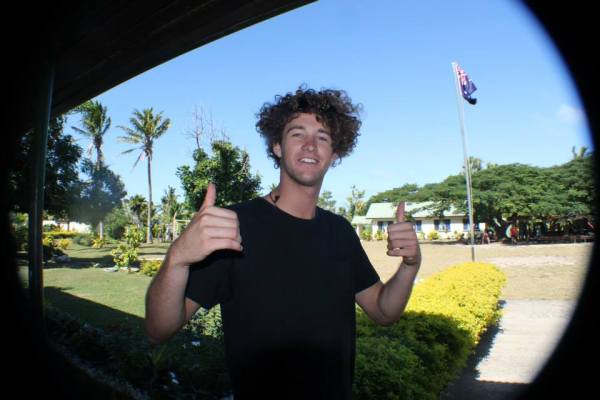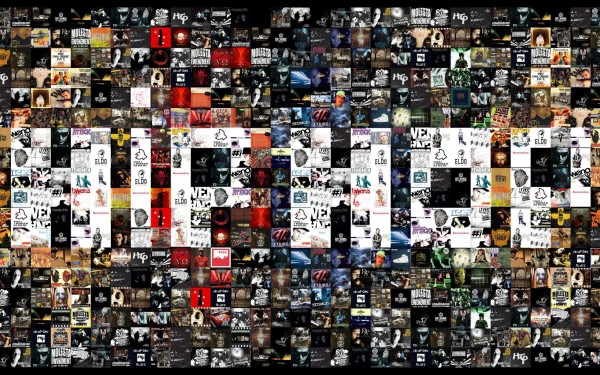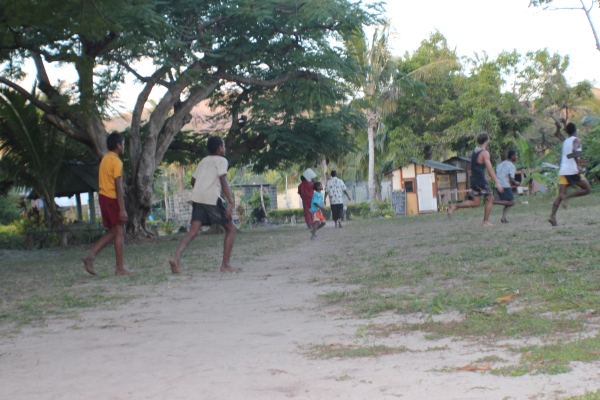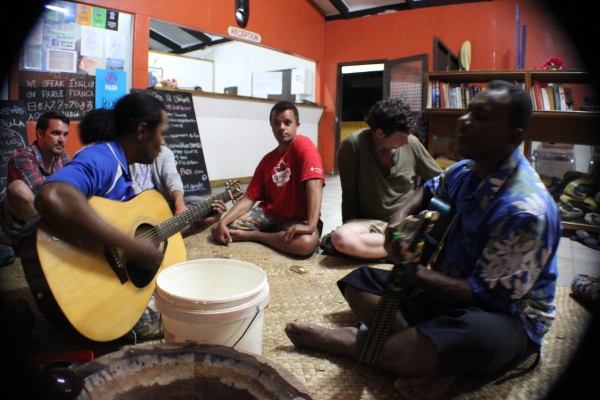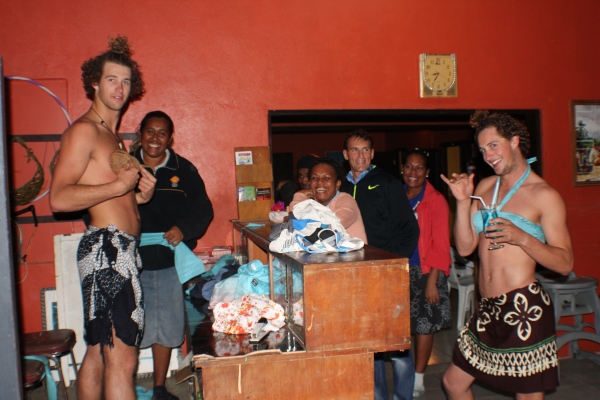Once again my blogging adventure has come to an end. Learning about media and communication from an international perspective has really opened my eyes. I learnt about everything from globalisation to transnational film, media capitals to digital dissent, hip hop to television in translation; all on a global scale.
It was an interesting structure this semester, attending class and listening a different group present on the weekly topic each time. This structure was effective in my own opinion. In addition, I enjoyed working in groups; it was a great way to interact and meet new people.
Hip hop was definitely the most interesting topic for me, hence why I chose it for my presentation. I have always enjoyed music. I also am a lyrical writer in my spare time, which I focus on hip hop based rhyme lyrics in particular; you could probably see this in my previous blog post about hip hop. I found April K. Henderson’s reading Dancing Between Islands: Hip Hop and the Samoan Diaspora extremely intriguing. Previously I had only really considered hip hop from African-American history, or the uprising of Australian hip hop. The reading made me realise that hip hop was much more widespread than I had thought. One aspect that i would have liked to study a bit more is the changes and/or evolution from traditional hip hop to more contemporary artists.
Discussing hybridisation and Americanisation in the sixth week (Transnational film industries: Hollywood and beyond) was enjoyable. I like watching shows and film A LOT, so getting to watch snippets of TV shows, such as The Office, and movies, such as Slumdog Millionaire, made going to class even more exciting than it already was. Looking at such visual media and considering the concepts hybridisation and Americanisation actually made me enjoy them even more. I guess viewing something and considering with a certain concept in mind makes you truly appreciate it.
Well that is me signing out for the semester and the year. I have learnt so much in BCM111 that I’m sure I won’t ever forget. I have a new outlook on media from an international perspective.
Tommy over and out.
